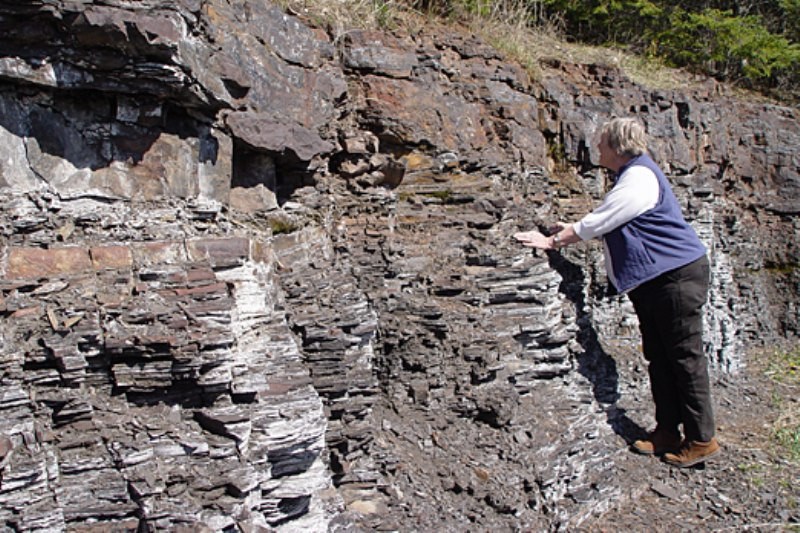Thunder Bay could hold the answers to unlocking some of the mysteries surrounding the possibility of life on another planet.
A team of about 30 scientists from NASA’s Astrobiology Institute and universities in Wisconsin, Pennsylvania and Lakehead University met for a three-day conference in May. The scientists wanted to compare rocks in Ontario with those found on Mars in hopes they could find proof of extraterrestrial life on the red planet.
Phil Fralick, a geological professor at Lakehead University, helped organize the conference and said NASA was interested in the Thunder Bay area because of the fossilized bacteria found in some of the rock deposits.
Some of the first examples of life from the Precambrian period came from rocks found in Kakabeka Falls.
Fralick said NASA planned to use what they learned in the next expedition to Mars, which could be as early as November. It would take about a year for the for the probe to actually land on the surface.
“Everybody is really excited about the type of data the rover is going to be able to send back,” Fralick said Monday. “To really understand that data we need to look at similar rocks on Earth, so when the data starts coming back we have something to compare it to.
“It’s really, really exciting to be a part of this. As time goes on and the possibility of the discovery of life becomes more and more likely it just gets more exciting.”
Carl Pilcher, director of the NASA Astrobiology Institute, said the geological formations in Thunder Bay plays a key role in astrobiology.
“What astrobiology is, is the study of the potential for the universe to harbour life beyond Earth,” Picher said. “We’re particularly interested in how life adapts to extreme environments and we’re also interested in how life forms on a planet and how it evolves.
“One of the things we do is study evidence of ancient life on Earth and, of course, one of the marvelous things about Ontario geologically is that it has some very, very old rocks.”
The gunflint formation, found only in Northwestern Ontario and northern Minnesota, is nearly 1.9 billion years old and is still studied for its history of the Earth billions of years ago.
All this information helps to shine a light on how life might have started on a planet, he said.
But the best research always brings about more questions, he said.
--- Follow Jeff Labine on Twitter: @Labine_reporter
Sign in or register
- Messages
- Post a Listing
- Your Listings
- Your Profile
- Your Subscriptions
- Your Likes
- Your Business
- Support Local News
- Payment History
Registered Users
Already have an account?
New Users
Create a free account.
